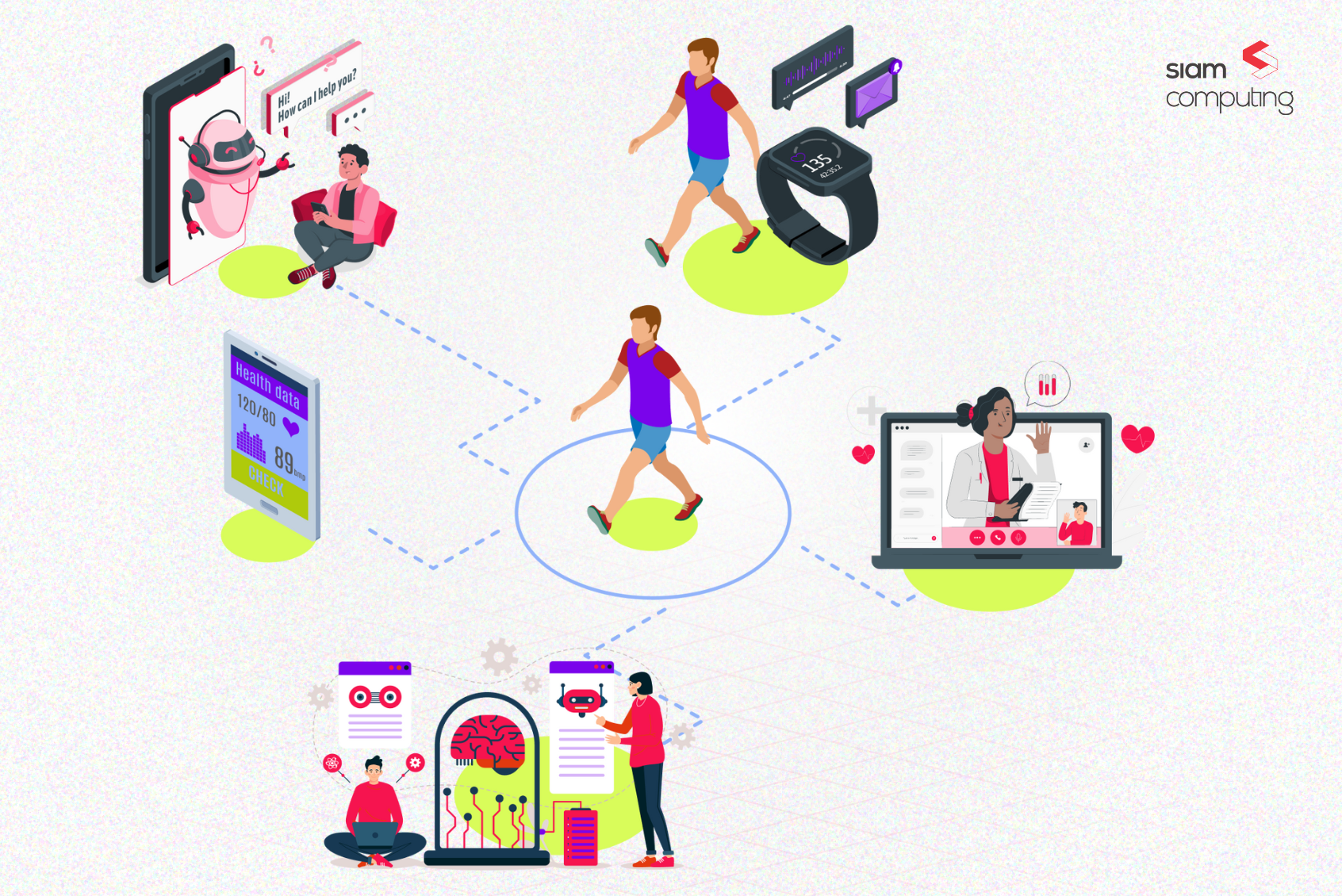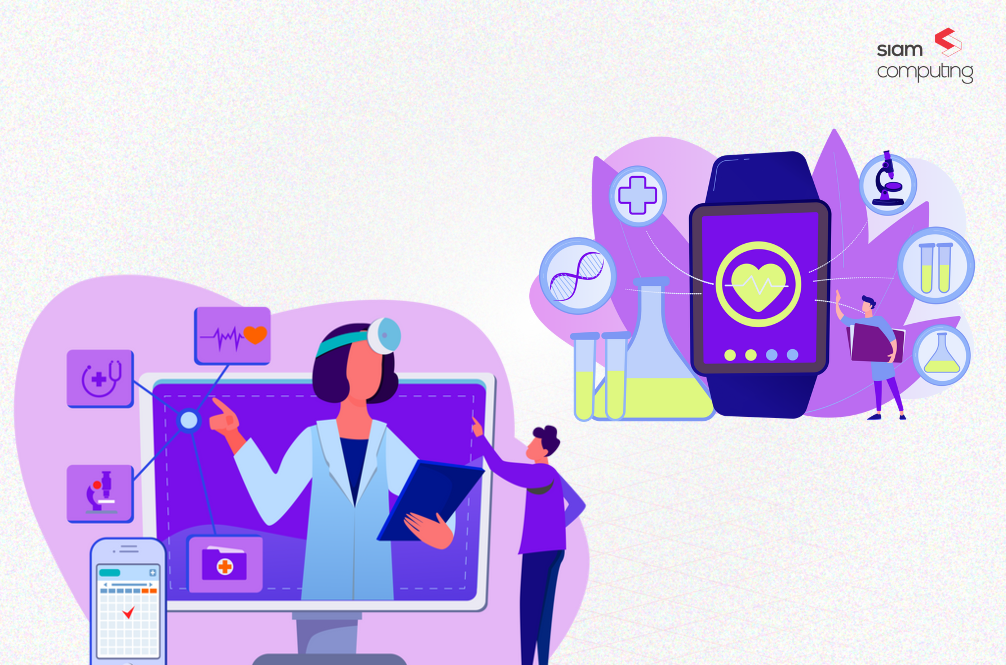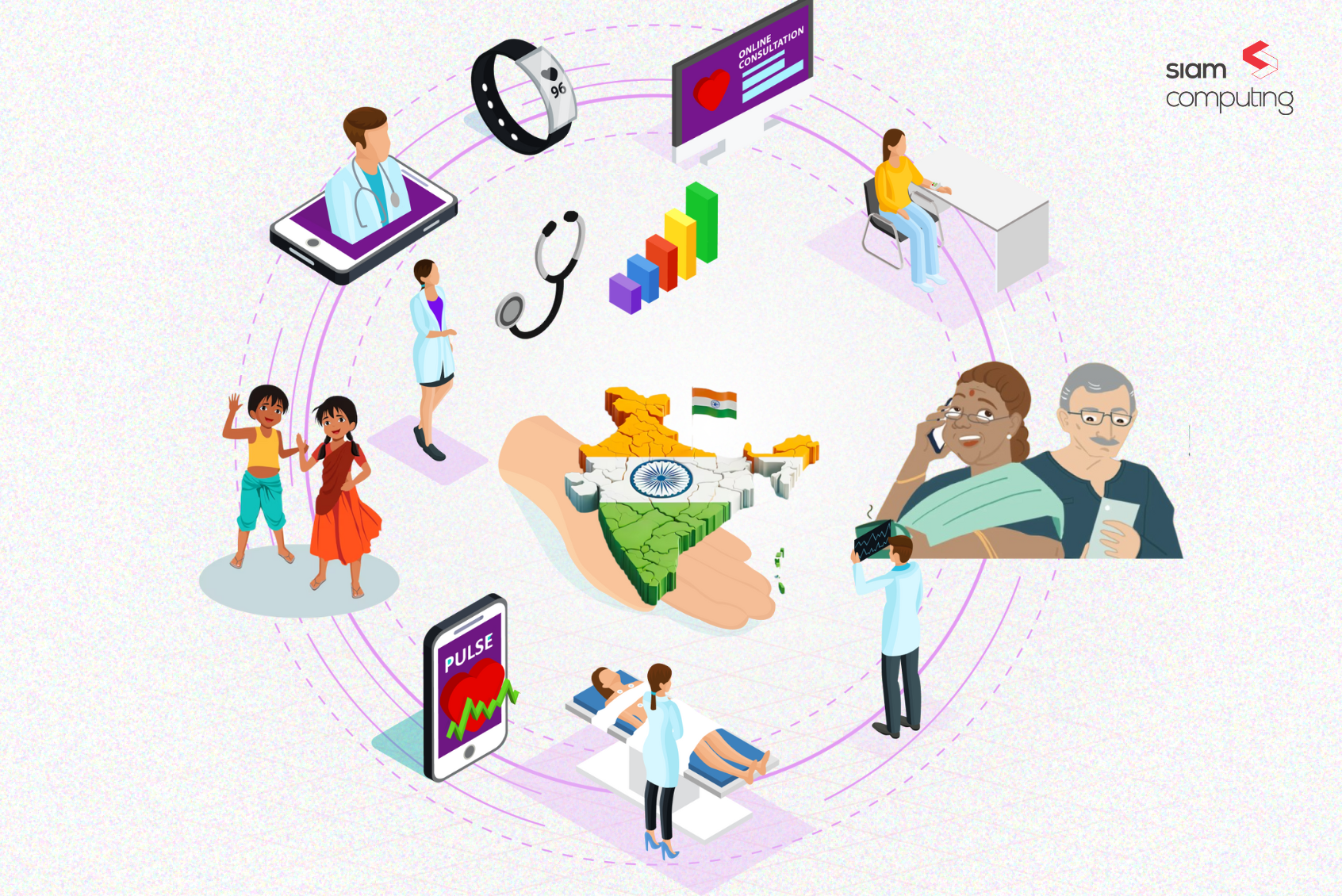As the demand for better patient outcomes and operational efficiency grows, hospitals are increasingly turning to automation technologies. These innovations streamline processes, reduce human error, and cut costs, all while enhancing patient care.
For leaders and decision-makers in healthcare, understanding the impact of automation is critical to staying ahead in this competitive and rapidly evolving industry.
This comprehensive analysis will explore the benefits of automation in hospital operations, delve into the types of automation being implemented, and examine the trends that are shaping the future of hospital management.
The Benefits of Automation in Hospital Operations
Automation in hospital settings promises significant advantages across the entire care continuum. It is not just about replacing manual tasks but also about enhancing decision-making, improving patient outcomes, and driving overall efficiency.
Here are the key benefits:
1. Increased Efficiency and Productivity
Automation significantly improves the efficiency of routine and complex processes. Tasks that once required manual intervention, such as scheduling appointments, managing patient flow, or processing insurance claims, are now automated, freeing up time for staff to focus on more critical responsibilities.
For example, robotic process automation (RPA) tools can automate back-office functions such as billing, coding, and claims processing. In a medium-to-large hospital, this can save thousands of staff hours annually, allowing hospital administrators to focus on improving care quality.
2. Reduction of Human Error
In a high-stakes environment like healthcare, human errors can have significant consequences. Automation minimizes the likelihood of mistakes in critical tasks such as medication administration, dosage calculation, and patient data entry.
Automated systems can cross-reference patient records and ensure correct medication dispensing, reducing instances of medical errors. For instance, systems like Pyxis MedStation automate drug dispensing and ensure patients receive the right medication, in the correct dosage, at the right time.
3. Cost Savings
Automation drives substantial cost savings in hospital operations. By automating routine tasks such as patient check-ins, lab result processing, and data management, hospitals can reduce their dependency on manual labor. These cost savings allow healthcare facilities to allocate funds toward improving patient care or investing in newer technologies.
According to a McKinsey study, automation could reduce operational costs by up to 20-30% in healthcare environments by streamlining administrative and repetitive tasks.
4. Improved Patient Care
Patient care improves through the precision and consistency that automation brings to hospital operations. Automation tools assist in monitoring patient vitals in real time, managing chronic conditions, and even improving diagnostic accuracy using AI and machine learning algorithms.
Automated scheduling systems ensure that patients are seen promptly and minimize waiting times, enhancing patient satisfaction and overall experience. This is particularly crucial as healthcare increasingly moves towards patient-centric models.
5. Better Data Management and Integration
With the digitization of healthcare records, managing vast amounts of patient data has become critical. Automated systems improve the integration of data across departments, ensuring that healthcare providers have access to a holistic view of patient information in real-time.
For instance, automated electronic health record (EHR) systems enable seamless data sharing between departments and external healthcare providers, ensuring continuity of care and reducing redundancies in testing or treatment plans.
Types of Automation in Hospital Operations
Automation in hospitals can be broadly categorized into several key areas, each playing a pivotal role in optimizing both administrative and clinical operations.
A. Administrative Automation
Administrative automation refers to the use of technology to manage back-office functions, freeing healthcare professionals from time-consuming tasks like documentation, scheduling, and financial management.
- Appointment Scheduling and Patient Flow Management
Automated systems like Epic or Cerner can handle appointment scheduling based on patient preferences, physician availability, and clinic capacity. These systems optimize patient flow and reduce waiting times by scheduling appointments efficiently. - Billing and Claims Processing
Automated billing systems streamline the submission of insurance claims, track payments, and minimize the need for human intervention. Hospitals can reduce administrative overhead and improve revenue cycle management by automating billing workflows and payment reconciliation. - Staff Scheduling
Automation helps manage staff rotations, ensuring that hospitals are never understaffed during peak times. Workforce management systems optimize scheduling based on patient demand and staff availability, improving resource allocation.
B. Clinical Automation
Clinical automation covers direct patient care, from diagnostics to treatment. It aims to enhance accuracy, reduce the workload on medical staff, and improve patient outcomes.
- Automated Medication Dispensing
Systems like Omnicell or Pyxis automate the medication dispensing process, reducing human errors in dosage and medication administration. These systems also track inventory and alert pharmacists when stocks are running low. - AI-Powered Diagnostics
Artificial intelligence and machine learning are increasingly being used to automate diagnostics. AI can analyze radiology images, pathology slides, and genetic data to assist clinicians in diagnosing diseases more quickly and accurately. - Robotic Surgery
Robotics in surgery, exemplified by systems like the da Vinci Surgical System, enables surgeons to perform minimally invasive procedures with high precision. These robots assist in delicate operations, reducing recovery time and improving surgical outcomes. - Wearable Health Monitoring Devices
Wearables integrated with hospital systems automate patient monitoring. These devices provide real-time data on vital signs, chronic disease management, detect early warning signs of complications, and alert healthcare providers before conditions worsen.
C. Supply Chain and Inventory Management
Automation also plays a vital role in managing hospital supply chains. Automated systems can monitor inventory levels, track the usage of medical supplies, and automatically place orders when stock runs low. This reduces stock-outs and over-ordering, ensuring that hospitals always have the necessary supplies on hand.
D. Patient Communication and Engagement
Automation tools like chatbots and automated messaging systems streamline patient communication. For example, hospitals use AI-powered chatbots to answer patient queries, provide appointment reminders, and even offer basic triage advice.
Patient portals integrated with EHR systems allow patients to access their records, communicate with their healthcare providers, and manage their treatment plans from the comfort of their homes.
Key Trends Shaping Automation in Hospital Operations
As technology evolves, new trends are emerging that further integrate automation into hospital operations. These trends are reshaping the healthcare industry and setting the stage for the future.
1. AI and Machine Learning Integration
AI and machine learning are becoming central to hospital automation. These technologies analyze vast amounts of data to offer predictive insights, such as forecasting patient admissions, identifying high-risk patients, and even predicting supply shortages.
AI is also revolutionizing diagnostics and treatment planning. Machine learning models trained on thousands of radiology images can detect diseases like cancer with accuracy levels that often surpass human clinicians.
2. Interoperability and Integrated Systems
One of the biggest trends in healthcare automation is the shift toward fully integrated systems. Hospitals are increasingly adopting platforms that integrate various functions, from clinical workflows to billing and patient engagement, into a unified system. This integration improves data sharing, enhances care coordination, and ensures a smoother patient experience.
3. Telemedicine and Remote Care
The COVID-19 pandemic accelerated the adoption of telemedicine, and automation plays a crucial role in managing virtual care. Automated platforms schedule telehealth appointments, manage patient intake, and ensure the continuity of care through virtual visits.
4. Blockchain for Data Security
As hospitals digitize their operations, data security has become a top priority. Blockchain technology is gaining traction in healthcare for its ability to provide secure, immutable records of transactions and data exchanges. Automated blockchain systems can track the flow of medical records and ensure that sensitive patient information remains confidential.
5. RPA and Cognitive Automation
Robotic Process Automation (RPA) and cognitive automation are being used in increasingly complex processes, such as revenue cycle management, patient intake, and discharge planning. These systems mimic human decision-making and can handle more nuanced tasks, reducing the cognitive load on healthcare workers.
6. Patient-Centered Automation
Automation is also shifting towards patient-centered care models. Automated systems are being designed with the patient experience in mind, ensuring that patients receive timely information, personalized treatment plans, and continuous engagement. This trend aligns with the broader movement towards value-based care, where patient outcomes are prioritized over the volume of services provided.
Conclusion
The future of hospital operations lies in the hands of automation. From improving efficiency and accuracy to enhancing patient care and reducing costs, automation is revolutionizing how hospitals operate. For healthcare leaders and decision-makers, the ability to leverage automation effectively will be a significant differentiator in the coming years.
As automation technologies continue to advance, staying updated on the latest trends and understanding the strategic implications of these innovations is critical. By embracing automation, hospitals can provide better patient care, reduce administrative burdens, and thrive in a competitive, value-driven healthcare landscape.
Ready to take the next step?
Talk to our product strategy experts at Siam Computing to explore how automation can transform your hospital’s operations. Our team can help you identify the right technologies and develop a tailored roadmap to ensure a seamless transition to automated workflows that drive efficiency and enhance patient care.
Contact us today to start your journey toward a more automated, efficient hospital operation!








